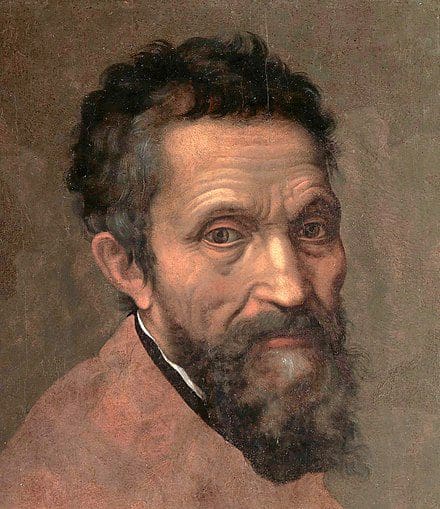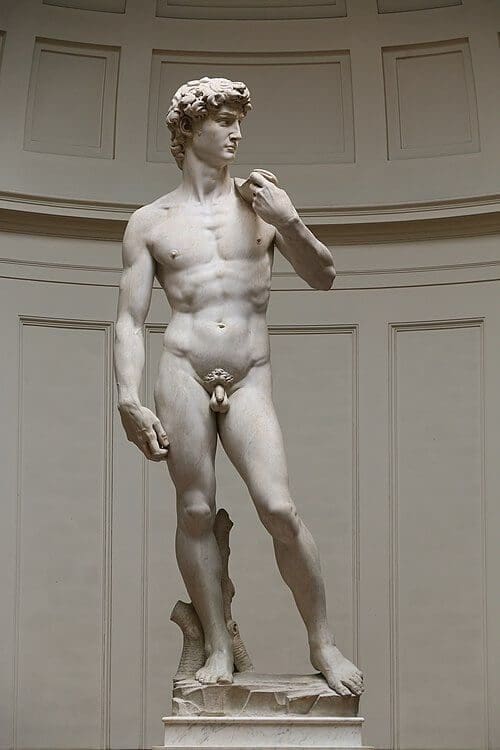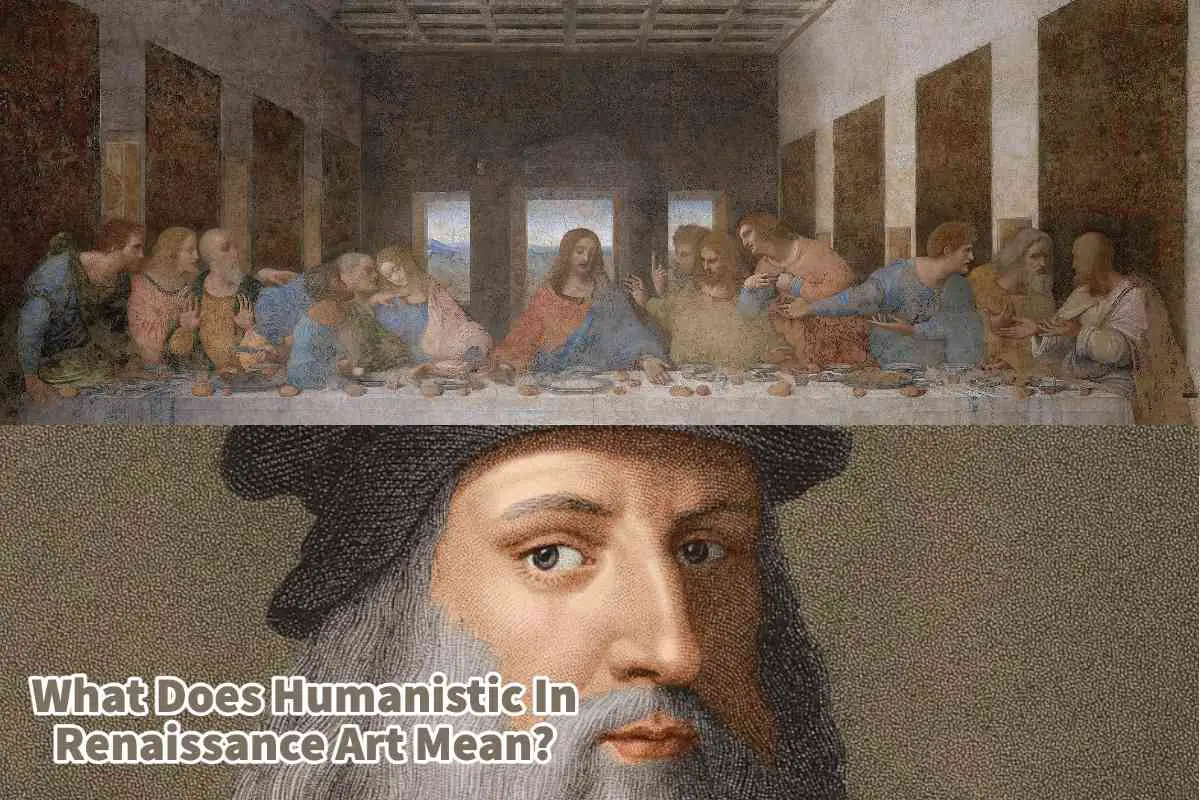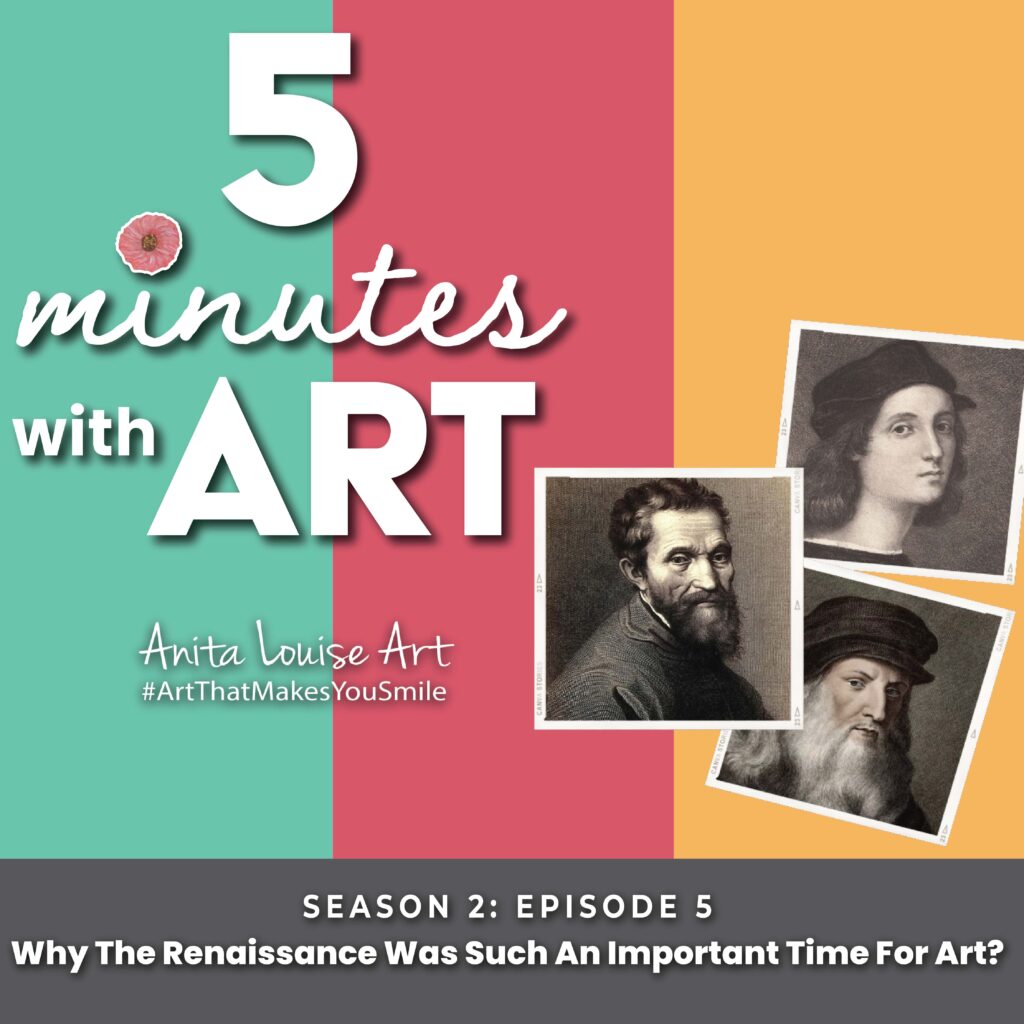The Renaissance period was revolutionary not only in terms of artistry but also in terms of the subject matter that could be explored. During this era, both stylistic and symbolic techniques became more sophisticated and prominent, with artists attempting to break boundaries and go beyond the traditional models of religious works.
One of the significant philosophical reforms during the Renaissance period was ‘Humanistic’ art, which sought to capture human emotion and display complex emotional states through vivid visual art. Humanism art philosophy encourages individual thought and creativity. It also encouraged self-expression and helped shape our views about beauty and life today.
Table of Contents
- About Humanistic In Renaissance Art
- Renaissance Humanism Has A Influence, On Modern Art
- Related Questions
About Humanistic In Renaissance Art
Humanism in Renaissance Art is the idea that the individual should be celebrated, respected, and honored. Humanism was a central philosophical and artistic ideology during the Renaissance that sought to emphasize human accomplishments rather than divine or supernatural forces.
In the Renaissance era, the world emerged from the darker middle ages. That is why the Renaissance is considered a time of enlightenment and creativity.
Humanism held that humans are capable of outstanding achievements and creativity, and it championed the individual’s ability to think, feel, and act independently. Humanism placed a great emphasis on the individual’s potential, and this belief informed much of the art produced during the Renaissance.
Renaissance Artists Embraced Humanism
Renaissance artists embraced Humanism by creating pieces that celebrated humans as powerful beings. One of the great examples of this is Leonardo da Vinci’s painting of the Last Supper.

In the Last Supper, Leonardo da Vinci painted Christ with the 12 apostles at the exact moment when Christ told the 12 apostles that one of them was going to betray him. Leonardo da Vinci’s Last Supper is an excellent study of human emotions and the apostles’ reactions.

Da Vinci’s Last Supper painting shows how humans with different personalities would reject and react to the same message. Everything from being unsure if they heard the right thing to doubting what they were hearing to swooning back or looking to another person to explain.
That is because Humanistic characteristics can be seen in various forms, from realistic and lifelike depictions of people to a focus on personal emotion and feeling, as was shown in Leonardo da Vinci, The Last Supper painting.
Humanism also encouraged the exploration of classical texts and cultures, which helped nurture an appreciation for the ancient past that was then incorporated into Renaissance art. It shows the influence of Greek and Roman art on the art produced during the Renaissance.
A great example of this is Michelangelo’s Statue of David. It shows the perfect human form, as seen on many ancient Greek and Roman statues.


Humanistic Philosophy Expresses Individual Thought And Creativity
The Humanistic philosophy in Renaissance art served to express individual thought and creativity. By celebrating the potential of the human spirit, Humanism sought to empower individuals to think and act independently.
Humanistic Renaissance art often explored ideas of beauty, love, nature, and other aspects of life that traditional religious beliefs could not explain. Humanistic art allowed a greater natural world exploration, creating pieces rooted in scientific observation and careful study.
Many of the great renaissance artists were also great inventors, creators, and scientists. This is shown in Leonardo da Vinci, who is often called the Renaissance man.
Leonardo da Vinci was not just an artist but also an architect, inventor, scientist, and creator. He was known to dissect over 30 human bodies to understand the human form better.
Humanistic Renaissance Art, Encourage Self-expression
Humanistic Renaissance art also encouraged a sense of self-expression, as artists sought to explore more personal topics to comment on their own lives and experiences. Ultimately, Humanism in Renaissance art provided an opportunity for exploration and expression that had not been seen before.
Humanism played an essential role in helping to define the unique nature of the Renaissance period and shaping the development of subsequent artistic styles. Humanistic art was an integral part of the Renaissance era, proving to be a powerful way for individuals to express themselves and their beliefs.
Humanism Helped Shape Views Of Beauty and Life
Humanism also helped shape how people viewed beauty and life, which is still reflected in modern-day art today. A great example of this is Leonardo da Vinci’s picture of the Mona Lisa. This picture is still considered one of the most iconic and beautiful works of art ever produced.
Renaissance Humanism Has A Influence, On Modern Art
Humanism ideals are at the heart of modern art, as inspiring artists create artworks celebrating the individual, nature, and life. Humanism remains integral to Renaissance art and continues to influence modern-day artists.
Since the Renaissance, many artists have built upon the renaissance artists to produce art that has some of the same ideals that renaissance artists had. That is why Humanism continues to be such an essential aspect of the Renaissance art era and art that is still being produced today.
Anita Louise Art is dedicated to art education, great artists, and inspiring others to find and create their art. We love art that uplifts and inspires. #ArtToMakeYouSmile! #ArtToMakeYouHappy!
If you are interested to see any of my art, you can find out more by clicking here. If you are interested in what inspires me and my paintings, you can discover more by clicking here.
We have a free newsletter and would love you to be part of our community; you can subscribe to the newsletter by clicking here. If you have any questions, I would be happy to talk to you anytime. You can reach me, Anita, by clicking here.
Subscribe to our Anita Louise Art YouTube Channel with great videos and information by clicking here.
Join us for our podcast “5 Minutes With Art.” Spend 5 minutes a week with us to discover and learn about great art and artists. You can find out more about our podcast by clicking here.
Related Questions
What Was The Focus Of Renaissance Art?
The focus of Renaissance art was on the classics of Greek and Rome, humanist philosophy, and the study of the human figure. Realism was also an essential part of renaissance art. The great artists of the Renaissance also became great anatomists and studied human beings.
By clicking here, you can learn more by reading What Was The Focus Of Renaissance Art?.
What Is The Importance Of Art From The Renaissance Period?
Renaissance art is essential as it was a time of rebirth and discovery. Artists like Leonardo da Vinci, Michelangelo, and Raphael were at the forefront of that change, creation, and discovery. Renaissance art has influenced art and artists for many centuries and continues to influence artists today.
By clicking here, you can learn more by reading What Is The Importance Of Art From The Renaissance Period?.
Did Leonardo da Vinci Believe In God?
Leonardo did not tell us what his belief in God was, but there is evidence that suggests that he held fast to many Christian ideals and beliefs. People such as the artist and author Giorgio Vasari, who knew him and wrote about him, spoke of his character and what a great man he was.
By clicking here, you can learn more by reading Did Leonardo da Vinci Believe In God?.



